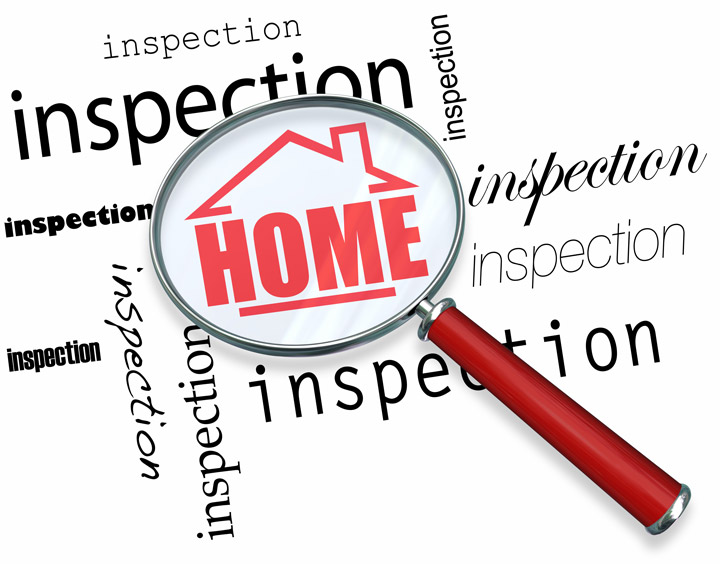
Decoding the Appraisal ProcessAcquiring real estate can be the biggest investment some could ever consider. It doesn't matter if where you raise your family, an additional vacation home or one of many rentals, purchasing real property is a detailed financial transaction that requires multiple people working in concert to see it through. The majority of the parties participating are quite familiar. The real estate agent is the most recognizable person in the transaction. Then, the bank provides the financial capital needed to finance the exchange. The title company sees to it that all areas of the exchange are completed and that the title is clear to transfer from the seller to the buyer. So, what party makes sure the real estate is worth the purchase price? In comes the appraiser. We provide an unbiased estimate of what a buyer might expect to pay — or a seller receive — for a property, where both buyer and seller are informed parties. A licensed, certified, professional appraiser from Golden Crescent Appraisals will ensure, you as an interested party, are informed. Inspecting the subject propertyTo determine the true status of the property, it's our responsibility to first conduct a thorough inspection. We must see aspects of the property first hand, such as the number of bedrooms and bathrooms, the location, living areas, etc, to ensure they really are present and are in the condition a typical person would expect them to be. The inspection often includes a sketch of the floorplan, ensuring the square footage is correct and conveying the layout of the property. Most importantly, the appraiser identifies any obvious amenities - or defects - that would affect the value of the property. Back at the office, we use two or three approaches to determining the value of real property: paired sales analysis and, in the case of a rental property, an income approach. 
Cost ApproachHere, we use information on local building costs, the cost of labor and other elements to ascertain how much it would cost to build a property nearly identical to the one being appraised. This value often sets the maximum on what a property would sell for. The cost approach is also the least used method. 
Paired Sales AnalysisAppraisers are intimately familiar with the neighborhoods in which they appraise. They thoroughly understand the value of specific features to the people of that area. Then, the appraiser looks up recent sales in the vicinity and finds properties which are 'comparable' to the real estate being appraised. Using knowledge of the value of certain items such as square footage, additional bathrooms, hardwood floors, fireplaces or view lots (just to name a few), we add or subtract from each comparable's sales price so that they are more accurately in line with the features of subject.
A true estimate of what the subject might sell for can only be determined once all differences between the comps and the subject have been evaluated. When it comes to putting a value on features of homes in Port Lavaca and Calhoun, Golden Crescent Appraisals is your local authority. This approach to value is typically given the most weight when an appraisal is for a real estate sale. Valuation Using the Income ApproachIn the case of income producing properties - rental houses for example - we may use a third way of valuing a property. In this case, the amount of revenue the real estate generates is factored in with other rents in the area for comparable properties to derive the current value. ReconciliationExamining the data from all approaches, the appraiser is then ready to put down an estimated market value for the property in question. It is important to note that while this amount is probably the most accurate indication of what a house is worth, it probably will not be the price at which the property closes. It's not uncommon for prices to be driven up or down by extenuating circumstances like the motivation or urgency of a seller or 'bidding wars'. But the appraised value is often employed as a guideline for lenders who don't want to loan a buyer more money than they could get back in case they had to put the property on the market again. At the end of the day, an appraiser from Golden Crescent Appraisals will guarantee you discover the most accurate property value, so you can make the most informed real estate decisions. |